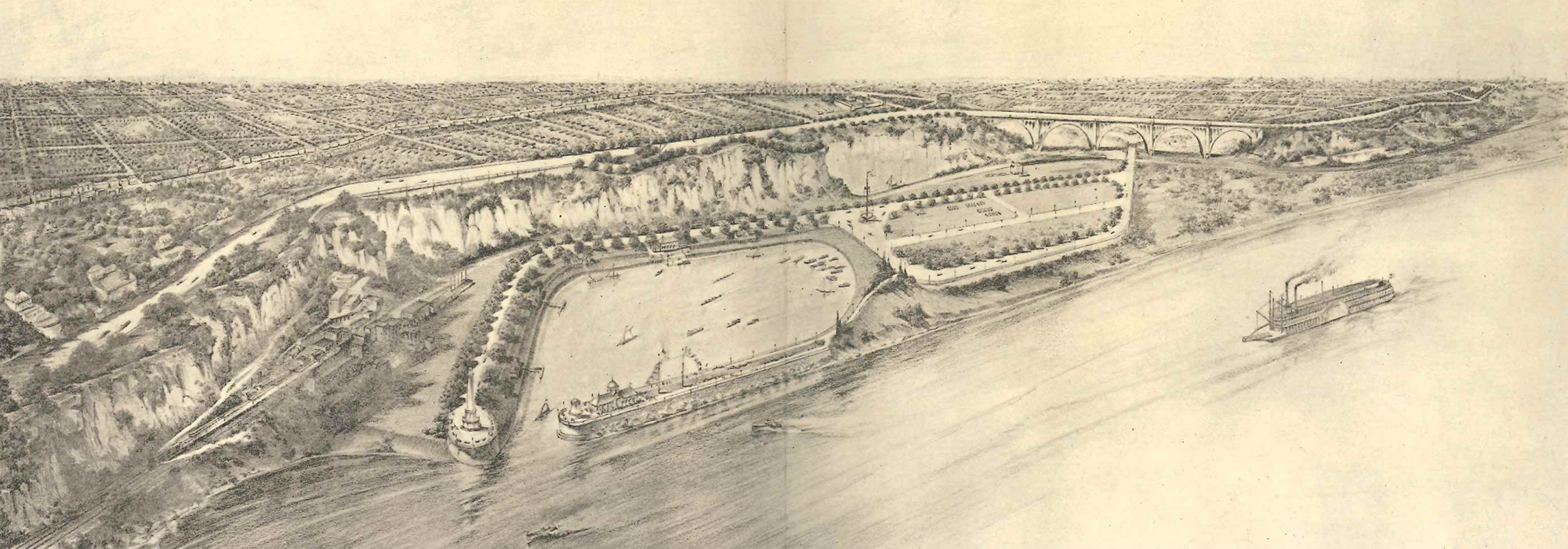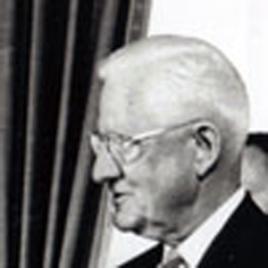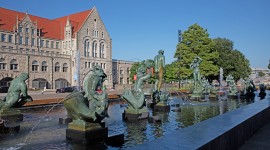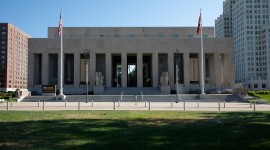Pioneer Information
Born in Stonehaven, Massachusetts, near Boston, Bartholomew studied civil engineering at Rutgers University for two years but did not graduate. He worked for the U.S. Army Corps of Engineers and then for E.P. Goodrich, a civil engineer in New York, before being hired as a city planner for the City of St. Louis, Missouri, in 1918. Bartholomew was appointed a member of the Interregional Highway Committee, and much of his work in that respect, published in a 1944 report, would have a significant impact on what would become the U.S. Interstate Highway System. In 1953 President Dwight Eisenhower appointed Bartholomew as chairman of the National Capital Planning Commission in Washington, D.C. In 1959 he formed the St. Louis-based firm Harland Bartholomew & Associates, City Planners, Civil Engineers, and Landscape Architects.
Bartholomew worked on more than 6,000 projects during his prodigious career, producing 500 plans for cities, counties, regions, and states. His work also encompassed subdivisions, transportation plans, and plans for park systems, with examples of the latter in Kenosha, Wisconsin, and Dallas, Texas. Often called the ‘Dean of Comprehensive City Planning,’ Bartholomew and his body of work were foundational in developing city planning as a discrete discipline of inquiry and study; among his publications are two important books, Urban Land Use (1932) and Land Uses in American Cities (1955). From 1918 to 1958, Bartholomew served as a nonresident professor of civic design at the University of Illinois. In 1955 he received the Distinguished Service Award from the American Institute of Planners. He was named an honorary member of the American Society of Landscape Architects in 1958 and an honorary member of the American Society of Civil Engineers in 1962. Bartholomew resigned from Harland Bartholomew & Associates in 1963 but consulted for the firm until his death. He died at his home in Clayton, Missouri, at the age of 100.








